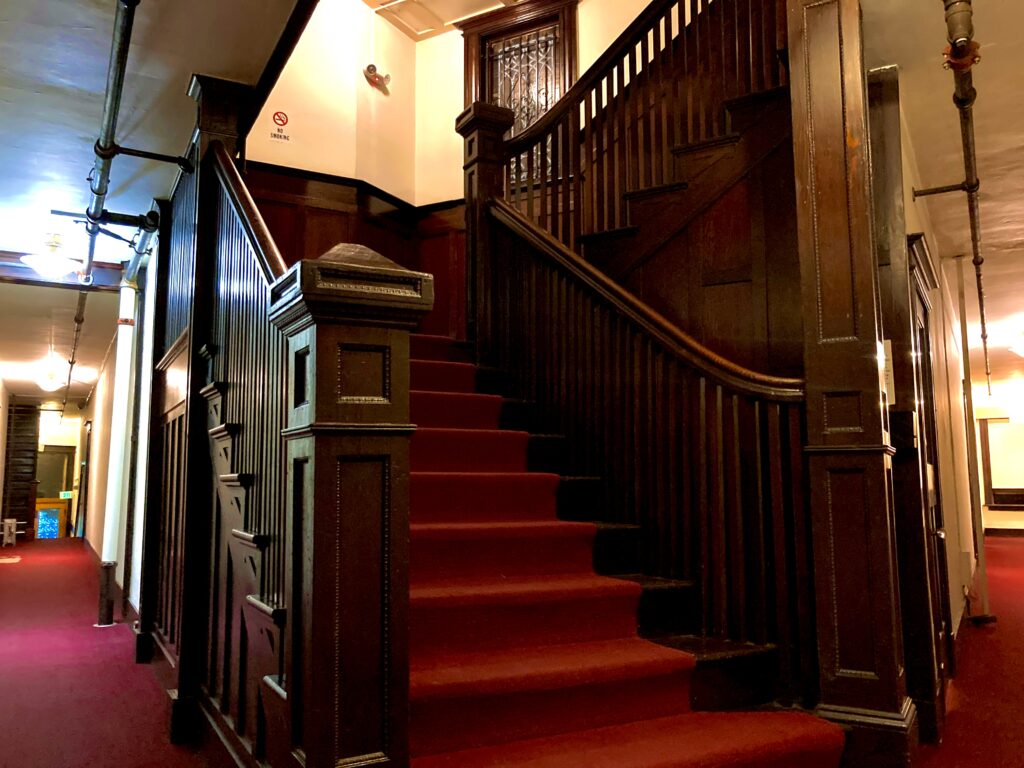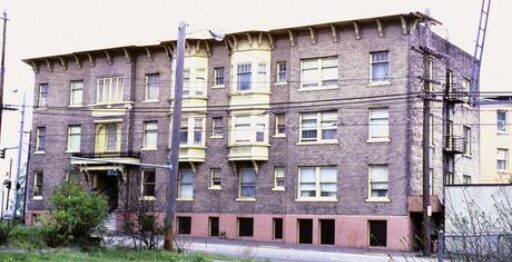
Tags:

Testimonials from Tenants: Jeremy
I rented at the Madkin in 2005 and lived there off and on for 15 years. When I first saw it, I was struck by how beautiful the building was – the deep reds and dark woods, the ornate details mismatched but authentic. I didn’t meet Fally right away, but once I did and I realized that he owned the building and lived there as well, I felt safe and secure with him. He faced the people to whom he rented daily, and he had a work ethic and sense of pride about what he did. He wanted to lift people up, and he had a familiar sensibility to him (I’m from Texas and he’s from Georgia if I understand correctly).
I lived in that first apartment for several years, went through a breakup in it, my best friend moved in, I travelled with it as my home base, and when I returned my best friend’s girlfriend had moved in. They lived there for the next 15 years, got married, and began raising a child there. The three of us lived together for some time, I got involved in another relationship, moved out, went through a breakup, and moved back in, this time in another unit with another friend. I started community college, transferred to a university out of state, moved out, graduated, and moved back into yet another unit. From that apartment I started graduate school for nursing, walking to Seattle University each morning for class. In between all my comings and goings, I had recommended to several friends and coworkers to live in the building, and they were taken in the same way I was, how Fally’s personal touch made it a special place.
What we saw was the promise of how things could be. We saw someone who took it upon themselves to do good with their work and means. Fally was gentle but firm, he knew that being a landlord wasn’t for the faint of heart, yet he also knew that being distant, unavailable, and money-focused wasn’t right. For him, that wasn’t the Christian thing to do. Instead, he did work himself, met people who lived in the building, trusted them, and got involved in their lives (as messy as that sometimes is). He knew the people that lived around him, their beauties and their flaws. A far cry from the experiences of many renters elsewhere.
I kept coming back for the history, beauty, familiar faces, petty arguments, romances, and lazy summer days in the shade of the stoop on the cool marble steps. It had done something that few buildings can do, it had built a community. My friends and I posed for photos on Christmas day, standing on that stoop. We knew our neighbors and connected, shared food, and were involved in each other’s lives. Fally created the conditions for this to arise and nurtured it. Alongside this, as a part of all this (as if it weren’t enough), he gave homes, jobs, rules, and structure to some who struggled with mental illness and substance use disorders. He certainly didn’t have to do this. He had many offers to cash out, to take a substantial sum and walk away – detach, be less involved, to get away from the messiness of knowing the people that lived around him, their beauties and their flaws.
As I’ve learned more about the building’s history, it’s no wonder this sense of community bubbled to the surface; no wonder the former owners trusted Fally with the building. The people who were the stewards of this building before Fally seem to have shared this love of engagement with those around them. This sense of closeness emanates from the deep reds and dark woods, the ornate details mismatched but authentic. It draws you in if you observe it deeply.
We need these spaces, these bastions of history and community. The Madkin is a part of the tapestry of the city that needs to be preserved. And the best way to do this is to entrust it to the people who live there, who know their neighbors, who are involved in each other’s lives, who make friends with each other, and who will be careful stewards of this beautiful place.
